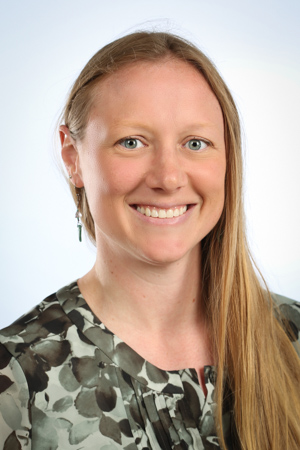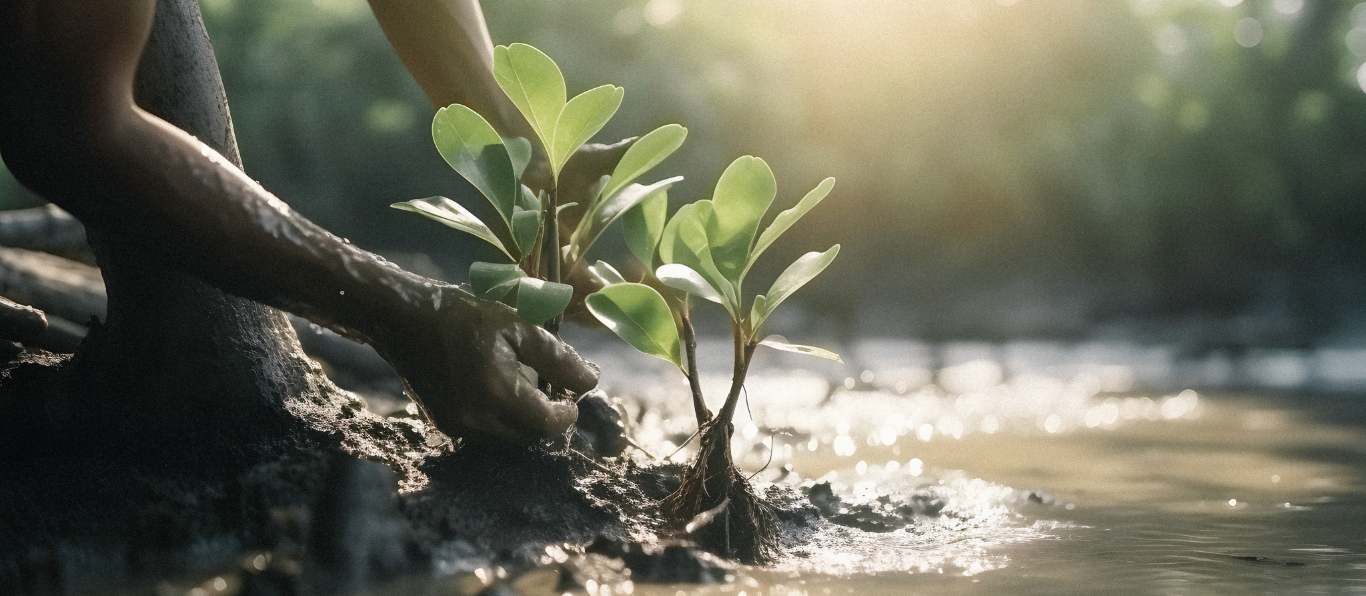In the 100 percent online University of Wisconsin Biodiversity Conservation and Management master’s degree, Conservation Data Management and Analysis graduate certificate, and the Foundations of Biodiversity Conservation and Management graduate certificate, students are required to complete BCM 705: Conservation Research and Monitoring, taught by Karen Stahlheber, associate professor and Biology Department chair at UW-Green Bay.
Enrolling in a master’s degree program or graduate certificate program is a big decision, especially if you are working full-time and have life obligations. You may be wondering what a typical course in the online program looks like, which can come with its own set of questions such as:
- How are lectures presented?
- What assignments will I work on?
- How do I interact with others in the course?
We’ll answer these questions and learn more about Professor Stahlheber as part of our course inside look at BCM 705: Conservation Research and Monitoring.
What will I learn?
 In this course, you’ll receive an overview of current tools and best practices for designing research projects and acquiring, managing, and presenting conservation data. Topics include quality control, the importance of metadata, effective research design, statistical power, and other strategies for generating valid answers to important conservation questions.
In this course, you’ll receive an overview of current tools and best practices for designing research projects and acquiring, managing, and presenting conservation data. Topics include quality control, the importance of metadata, effective research design, statistical power, and other strategies for generating valid answers to important conservation questions.
Upon completing this course, you will be able to:
- Design and implement effective methods for collecting, managing, and interpreting environmental data.
- Identify the connection between monitoring data and conservation objectives.
- Recognize and apply standard techniques for surveying and assessing natural habitats.
- Analyze the strengths and weaknesses of different field survey techniques.
- Manage and store data for easy access and interpretation.
- Use statistical analyses to guide science-based conservation decisions and policies.
- Design models and experiments to help answer conservation questions.
- Apply effective field strategies and monitoring protocols to inform conservation decisions and policies.
What will the lectures be like?
The first few weeks will focus on field methods, monitoring, and technology. After listening to lecture materials or completing the readings, you’ll engage in analysis activities using the R programming language.
“Maybe it’s talking about sample size,” Karen says. “How many samples should you take in a research project to get a good answer to your question?”
The course is unique in that each week is different.
“Some weeks you might be focusing more on analysis, and then other weeks maybe more on a discussion where each group–or each classmate – is sharing something that they found that’s of interest to them,” Karen says. “Maybe some weeks we might describe a field method that’s appropriate for an organism that you are interested in. There’s a lot of variability between each week or each lesson in terms of what they’re working on. But usually, it’s some kind of discussion or an R analysis activity.”
What types of assignments will I complete?
This course requires group discussions, group work exercises, assignments, and an individual research design project.
“There’s a group project where they work on a modeling exercise,” Karen adds. “They have to conduct a model and then report on those results, and each person in the group plays a different role in that process. So someone might be assigned to be the scientist, and someone might be the land manager, and someone might be a community member, and each of them have a specific part that they’re contributing to this project.”
For the individual research project, you’ll come up with a question and then design a hypothetical research project to answer that question.
According to Karen, students must consider:
- How they are going to gather data
- What methods they’ll use to gather data
- How they’ll adapt their project if things don’t go to plan
- How they’ll analyze the data they collect
What else will I do in the course?
As part of the final project, you’ll record yourself giving a presentation on your research project. You’ll also have an opportunity to watch your fellow students’ presentations.
“It’s a really neat way to share about a research project because sometimes, especially in conservation, your goal might not even be to write a formal scientific manuscript,” Karen says. “It might be a presentation to some people that are really invested in saving a particular species or a habitat. And so getting those experiences is really important.”
Do students in the course interact?
Students interact through course discussions and in the group project.
Learn more about our 100% online degree and certificate programs.![]()
Get Program Guide
How much time should I expect to spend on the course?
Four to eight hours per week, on average.
“I think it depends a lot what type of data analysis background you’re bringing to the class,” Karen says. “If you have a lot of prior research experience, then some of the concepts are going to be more familiar. And then students who are coming from a totally different field or discipline and maybe have never done very much science are maybe going to have to spend a lot of time additionally to brush up on statistics.”
Karen provides resources for students who do not have a statistics background.
“There’s a lot of really great self-paced resources out there that teach you how to use the software program. And so we link those at the beginning of the course and say, ‘Hey, if you’ve never used this before, here are some tutorials that we recommend that you take a look at before you feel really overwhelmed by the first couple lessons.’ But what I really want people to get out of this course is that you have to think about all the stages of the research project at the beginning. You don’t only think about data analysis when you have your data. You have to think about it when you’re planning the project, because otherwise you run into a lot of difficulty when you try to answer your question if you don’t think about it before you start.”
“I don’t necessarily think that everyone needs to have done extensive projects before approaching this class. It’s just there are extra readings or tutorials that I think students find helpful. And as more students take this class, I learn more about what they find helpful.”
Will I receive support in the course?
Yes! The instructor responds to student inquiries and gives feedback on all assignments. Students can also make an appointment during the instructor’s scheduled office hours. The course features built-in tech support and a QuickStart guide to help students through the online learning experience, and Success Coaches are available to help guide you through the program.
What does Karen like most about teaching this class?
“My main interest is in plant communities and in ecological restoration of plant communities,” she says. “I got really interested in data analysis as a grad student, and so did a lot of courses in different methods of analyzing data, and have tried to continue developing that. I’ve helped a lot on a variety of different research projects, just on the data analysis part of it. So even though my focus is more plant communities, plant-soil interactions, I’ve written papers about insects and fish and other things because I joined these projects to be part of the analysis stage.”
“I really enjoy helping people think through their analysis for a project and whether or not it makes sense, and thinking about how we might best answer a particular question. So I think that’s a really fun task and something that I enjoy doing. I’m always happy to talk with students about that.”
Are you interested in the Biodiversity Conservation and Management program? You can choose your own learning path by completing individual certificates, or three stackable credentials plus a capstone project to earn the master’s degree. Contact an enrollment adviser today to learn more about which path is right for you.










